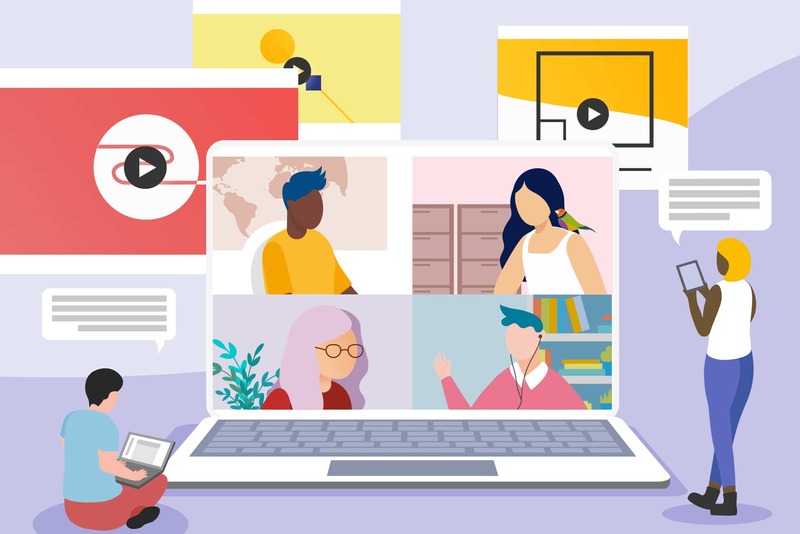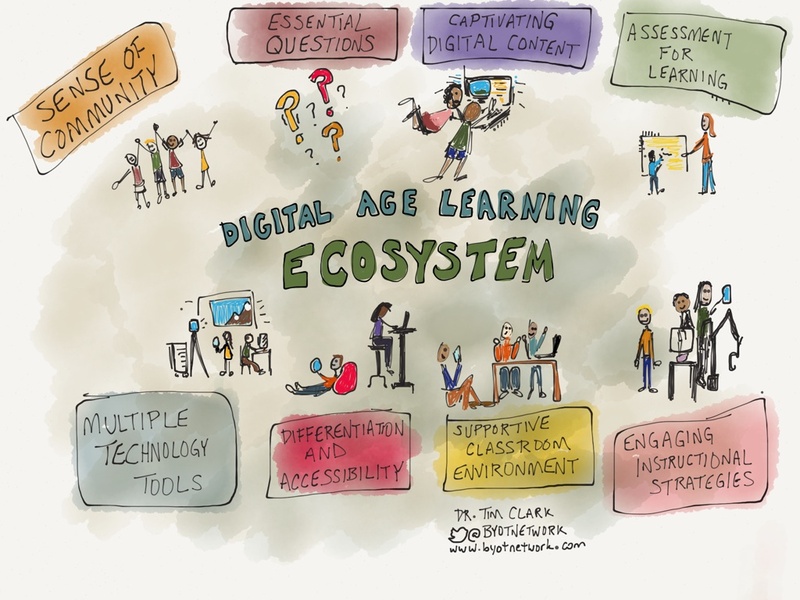e-Learning Ecologies MOOC’s Updates
Metacognitive learning concept: Learner engagement
In the literal sense, learner engagement is the ability of a learner to motivationally and behaviourally engage in an effective learning process. Learners take responsibility for choices, utilizing feedback, assessing personal behaviour and analysing appropriate responses to engage with learning opportunities and take action for improvement autonomously.
When we think of learner engagement in learning activities, it is often fitting to understand “engagement” with an activity as being represented by (Fredricks, 2014):
- good behaviour (behavioural engagement)
- positive feelings (emotional engagement)
- student thinking (cognitive engagement)
This is because learners may be behaviorally and/or emotionally invested in a given activity without actually exerting the necessary mental effort to understand and master the knowledge, craft, or skill that the activity promotes.
In light of this, the following measures can be taken by educators to engage the class in a remote learning ecology behaviourally, emotionally, and cognitively, thereby positively affecting each student’s learning and achievement:
Rethinking lecture formats
Remote learning requires intensified focus and organization. Few of the following steps can be taken to maximize the engagement of learners, ensuring that all students have equal access to the related literature.
A few strategies for the same:
- Segmenting lectures into shorter sequences: This allows students to focus in a better way and they are able to direct their attention to one concept or, say, rewatch/take breaks as needed. [In live lectures, instructors can mimic this by pausing for breaks and directing questions to the students in order to keep them engaged.
- Asking quick questions to test students’ understanding: Exercises or questions can be placed in between lecture segments serve as a quick learning and assessment tool: instructors know what students have learned and students practice applying the concepts taught in lecture. [Research shows that such repeated quizzing can improve student outcomes. In these unprecedented times, lecturing online via Zoom or another platform has become a common phenomenon. Lecturers can administer polls in Zoom or send out Google forms to test knowledge retention and gauge students’ understanding of what is being discussed in the course.]
- Maximizing access to material for all students: Recording all instruction, even live lectures. When presenting, educators ought to be sure to describe any images or graphics for students who are blind or have low visibility. Students, especially those who need accessibility accommodations, will also benefit from transcripts. Zoom has built-in automatic captions for recorded sessions but does not provide automatic live captioning. Alternatively, Google Slides has a live captioning feature.
Build a community
Interactions with peers, instructors, and teaching assistants that can provide a sense of community and motivate students to learn to contribute greatly to improving the learning outcomes of learners.
A few strategies for the same:
- Through discussion forums and blogs, learners can interact and express their opinions without being too hesitant or anxious and the educators can supervise the entire discussion with ease.
- Encourage students to take advantage of discussion-based features: For instructors using Zoom, use a breakout room to split the class into smaller groups for managing discussions or projects as you would in class. If teachers don’t have teaching assistants, consider assigning a different student each week to lead the discussion.
- Use office hours to engage students in a more informal setting: Asking students to submit questions or concepts in advance can help avoid awkward silences. Teachers can request students to submit questions aimed at broad concepts to lecturers, and to submit questions on specific homework problems to teaching assistants, to best utilize each instructor’s proficiency.
- Encourage students to keep in touch with each other: Students may feel much more comfortable reaching out to peers than to their teachers, and creating a supportive community is important.
REFERENCES:
- 'What is Student Engagement?' https://www.viewsonic.com/library/education/what-is-student-engagement/
- 'Golden Rules for Engaging Students in Learning Activities' https://www.edutopia.org/blog/golden-rules-for-engaging-students-nicolas-pino-james
- 'How to Keep Students Engaged in Online Learning' https://www.povertyactionlab.org/blog/3-26-20/how-keep-students-engaged-online-learning



